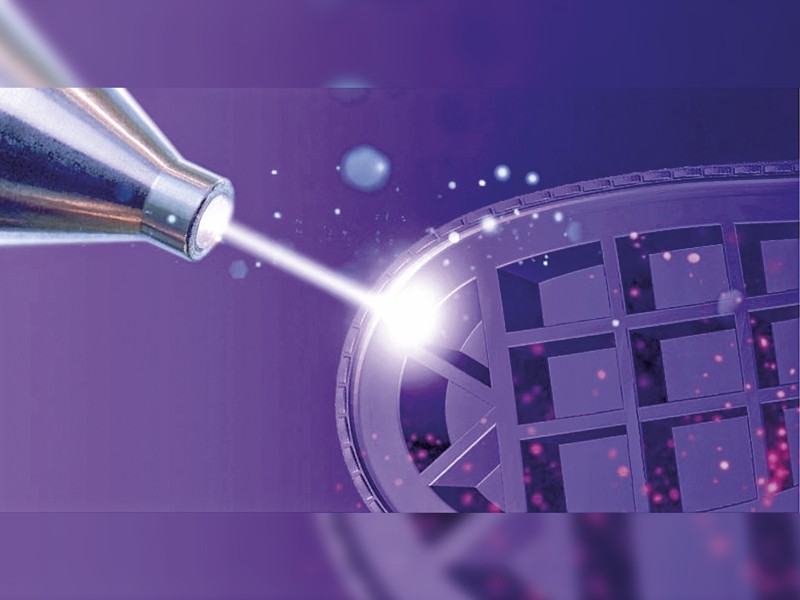


The Footwear Technology Center -INESCOP- has developed a new method, within the framework of the circular economy concept, using atmospheric plasma with automated surface treatment applied by a robot as an innovative technological solution aimed at sustainability, minimizing the use of chemicals and the emission of pollutants.
Plasma technology is already applied in different industrial sectors due to its advantages over conventional surface treatments, improving the bonding capability of materials. Its use is highly versatile as it can be applied to all types of materials, including rubber, plastics, glass, metals, ceramics, etc.
Plasma is generated by passing pressurized air through an electric field created between two internal electrodes in the application nozzle. It is the continuous addition of energy to a gas that produces an electric charge in its particles, which ionizes.
When plasma is applied to a surface, its charged particles impact it with high energy, extracting and incorporating particles into the treated surface. Due to the characteristics of plasma, the following surface effects can be produced: ultra-cleaning, activation, micro-engraving, and chemical polymerization.

In terms of robotics, a system for digitizing and generating 3D trajectories has been implemented, allowing plasma to be applied to objects with varying heights, such as soles. It acts on different materials: vulcanized and thermoplastic rubbers, polyurethanes, PVC, EVA, and other formulations.
The main function of plasma on materials -soles and uppers- is its cleaning and surface treatment capacity, without the need for sanding and scraping, avoiding the use of chemicals containing volatile organic compounds. Due to the roughness and wetting obtained, it increases the surface energy, allowing for better adhesion of adhesives.
Due to the higher surface energy generated by plasma on surfaces, the application of adhesives for bonding is reduced. On the other hand, the automation of the process and its characteristics promote faster production, with significant cost and time savings. And fundamentally, it eliminates environmental impact, a widespread and demanded requirement in industrial activities.
